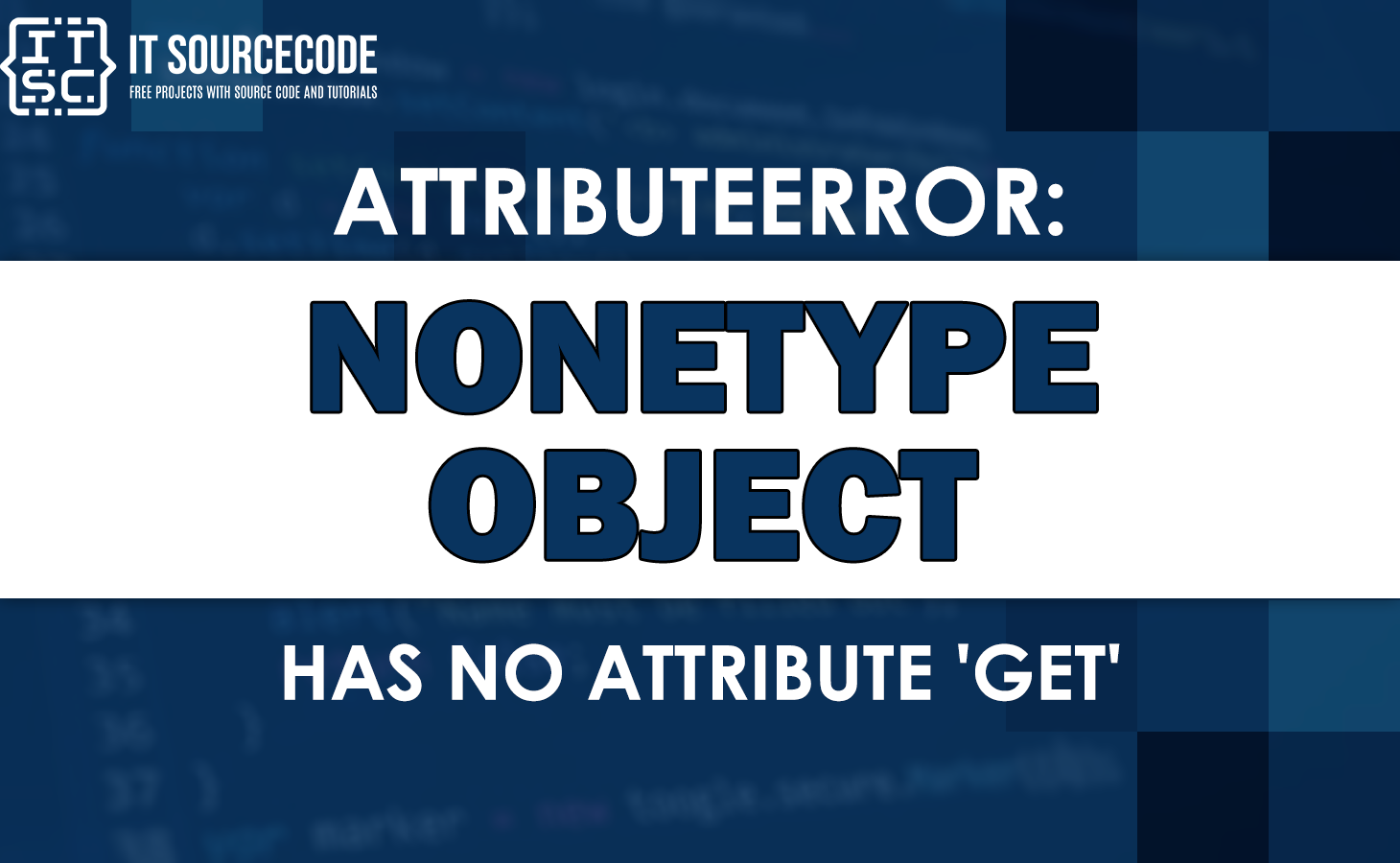In this article, we will show you how to solve the error attributeerror: 'nonetype' object has no attribute 'get'. What does this error mean and why does it occur? If you have that thought in your mind, read through to the end of this article to find the answer.
The error attributeerror: 'nonetype' object has no attribute 'get' is an error in Python that means you are calling a method on a none value. It also implies that this error occurs when you attempt to use the get() method on a variable that has the value “None.”
Before we begin our tutorial, have a quick overview of Python and AttributeError.
What is Python?
Python is one of the most popular programming languages. It is used for developing a wide range of applications. It is a high-level programming language that is usually used by developers nowadays due to its flexibility.
What is AttributeError?
An attributeerror is an error that appears in our Python codes when we try to access an attribute of a non-existent object. In addition, this occurs when we attempt to perform non-supported operations.
Now that we understand this error and even what Python and an AttributeError are, let’s move on to our “how to fix this error” tutorial.
How to solve “’nonetype’ object has no attribute ‘get’” in Python
Time needed: 1 minute
The following is the step-by-step guide to resolve the error attributeerror: 'nonetype' object has no attribute 'get'.
- Check the variable.
The first step is to use the if statement to check that the variable you’re trying to access isn’t “None.” This will enable you to perform a “None” value check before calling the get() method. - Raise an exception.
Raise an exception to deal with the case where it is not defined if the variable is “None.” - Use the get() method.
Lastly, use the get() method on a variable without running into the AttributeError problem if its value is not “None.”
Example:
sample_dict = None
if sample_dict is not None:
value = sample_dict.get('Name')
print(value)
else:
raise ValueError('sample_dict is not defined')Output:
Traceback (most recent call last):
File "C:\Users\pies-pc1\PycharmProjects\pythonProject\main.py", line 7, in
raise ValueError('sample_dict is not defined')
ValueError: sample_dict is not definedExample Two (2)
Here’s an example of code where the variable we’re trying to access using the get() method is not “None.”
sample_dict = {'Name': 'Steve'}
if sample_dict is not None:
value = sample_dict.get('Name')
print(value)
else:
raise ValueError('sample_dict is not defined')Output:
Steve
Example Three (3)
The example below is another way of properly using the get() method.
sample_dict = {"Name": "Dustin"}
output = sample_dict.get("Name")
print(output)Output:
Dustin
Conclusion
In conclusion, the Python error attributeerror: 'nonetype' object has no attribute 'get' can be easily solved by making sure that the variable that we are accessing using the get() method is not “None.”
By following the guide above, there’s no doubt that you’ll be able to resolve this error quickly and without a hassle.
I think that’s all for today, ITSOURCECODERS! We hope you’ve learned a lot from this. If you have any questions or suggestions, please leave a comment below, and for more attributeerror tutorials in Python, visit our website.
Thank you for reading!

